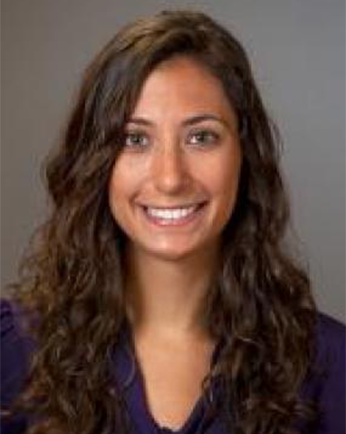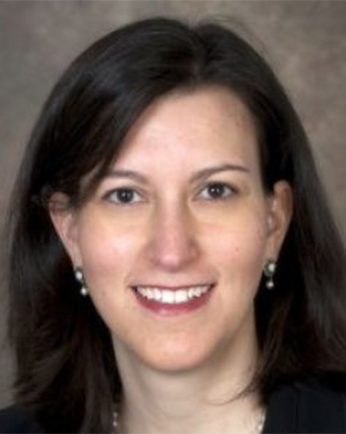Session Abstracts:
Session 7A

Senior Risk and Resilience Analyst
ARUP
Presentation Title: Risk Assessment Class Taxonomy: Workflows for different levels of multi-hazard risk assessment
Abstract: This presentation provides an overview of different types of computational workflows used on multi-hazard risk assessment projects by Arup’s Risk and Resilience team. Our team has developed a Risk Assessment Class Taxonomy to operationalize and communicate different levels of risk assessment. This taxonomy ranges from Class 1 (rapid risk screening) to Class 2 (enhanced risk screening) to Class 3 (component-level, fragility-based simulations) to Class 4 (component-level, physics-based simulations) and allows our clients to make informed decisions about which level of risk assessment is required to meet their needs. Four projects and their corresponding computational workflows are summarized in this presentation. A Class 4 seismic risk assessment for the University of British Columbia to inform retrofit prioritization and strategy. Class 3 seismic, flood, wind, and tornado risk assessments of IT facilities across the United States to inform risk management strategies and design guidelines. A Class 2 seismic, flood, wind, sea level rise, and tsunami risk assessment of the Island of Tongatapu to inform risk mitigation and adaptation pathways. And Class 1 flood, wind, and wildfire risk assessments across the United States, in collaboration with the First Street Foundation, to provide high-level climate risk information to the public. This presentation concludes with a vision for how REDi for Earthquake, REDi for Flood, and REDi for Extreme Windstorms can work in tandem with the Risk Assessment Taxonomy, supported by computational workflows.

Associate Professor
University of Kansas
Presentation Title: A Computational Workflow for Predicting Long-term Housing Recovery
Abstract: Housing recovery is a complex process that takes place for years after major disasters, and plays a key role in understanding a community’s disaster resilience. This presentation will share a computational workflow hosted in IN-CORE, the open source Interdependent Networked Community Resilience Modeling Environment, that connects models developed over a ten-year period of time by multiple researchers to predict long-term housing recovery. The long-term housing recovery workflow starts with simulating the hazard, includes estimating physical damage and infrastructure service disruption, dislocation of households, temporary housing allocation, sheltering sequences, and concludes with predicting long-term repair and re-occupancy of housing units that occur over a seven- year recovery period. A novel contribution of the long-term recovery models is the explicit incorporation of social and economic influences for households navigating the housing recovery process, including socio-demographics, existing and flow in of different types of financial resources, decision-making time, and home preferences. This presentation will demonstrate how the workflow can be used to investigate a range of research questions related to community resilience and recovery, including temporary housing needs, estimating homelessness, and estimating population change over time. The examples will be used to simultaneously discuss the process, assumptions, and decisions for reconciling spatial and temporal differences in data for input-output flows, capturing uncertainty, and verification and validation processes, including through the use of ground truthing and longitudinal field study data. The presentation will conclude with the speaker’s thoughts on extending the state of research with additional workflows that capture socially dynamic, post-disaster long-term recovery processes.

Professor
University of Delaware
Presentation Title: Three example computational workflows as vehicles to enhance collaboration and advance research
Abstract: In this presentation, three example regional-scale computational workflows are described briefly to illustrate how modelers can leverage SimCenter to jump start their research, expand their impact, and advance the state-of-knowledge. Each example involves models that were developed independent of SimCenter but now are being or could be integrated into SimCenter tools. The examples highlight specific ways the existence of SimCenter tools can catalyze future advances in the research community. First, REWET, a recently developed model that simulates the system functioning and restoration of any specified water supply system for any specified damage scenario, is being integrated into SimCenter backend engine. Second, a component-based building wind damage model framework is being integrated into PELICUN to facilitate regional hurricane wind damage estimation. Third, modules of the regional economy and government, household, and insurer decision-making have the potential to be connected to SimCenter to take advantage of R2D’s regional loss modeling capabilities that those modules require as input. Each example is used to demonstrate specific ways that integration with SimCenter can benefit both the model developers and future researchers.